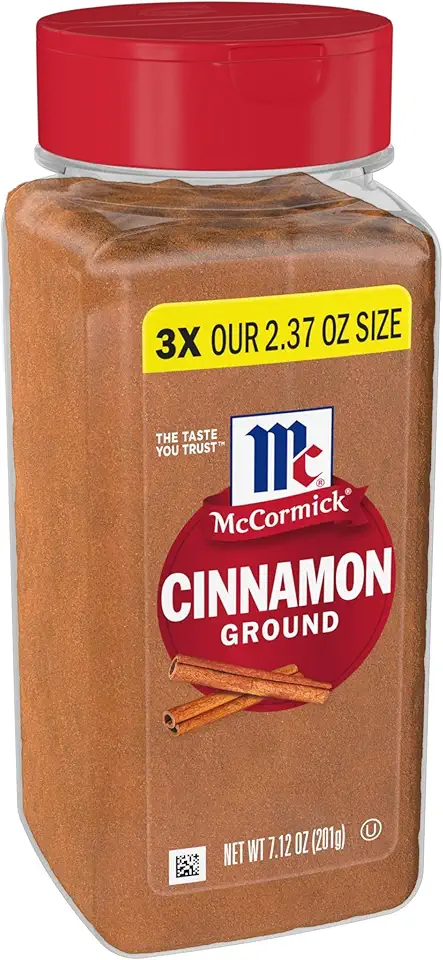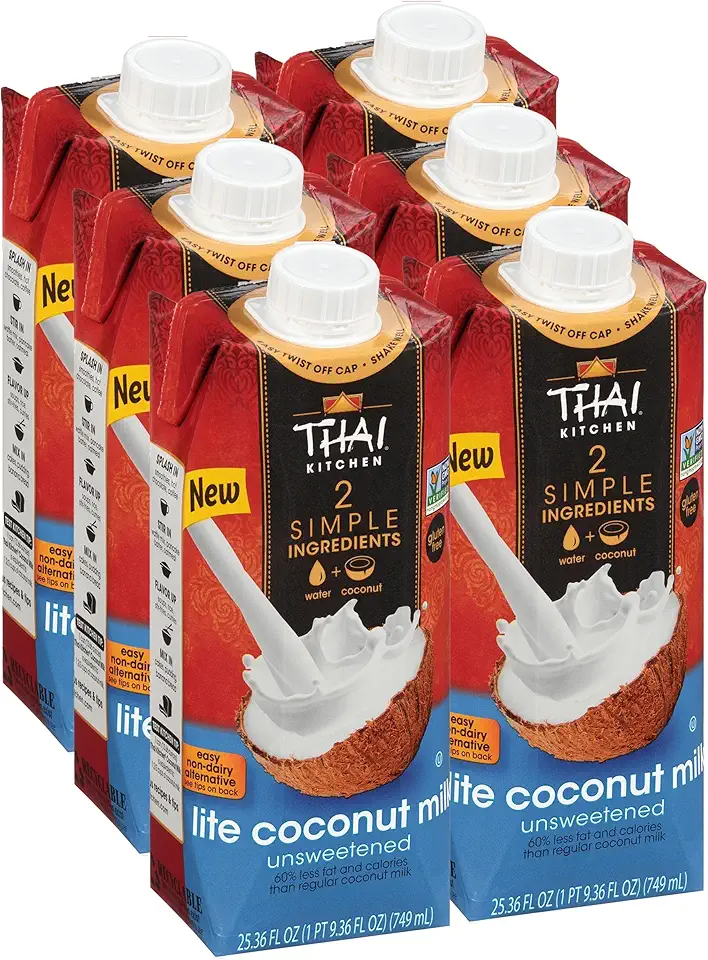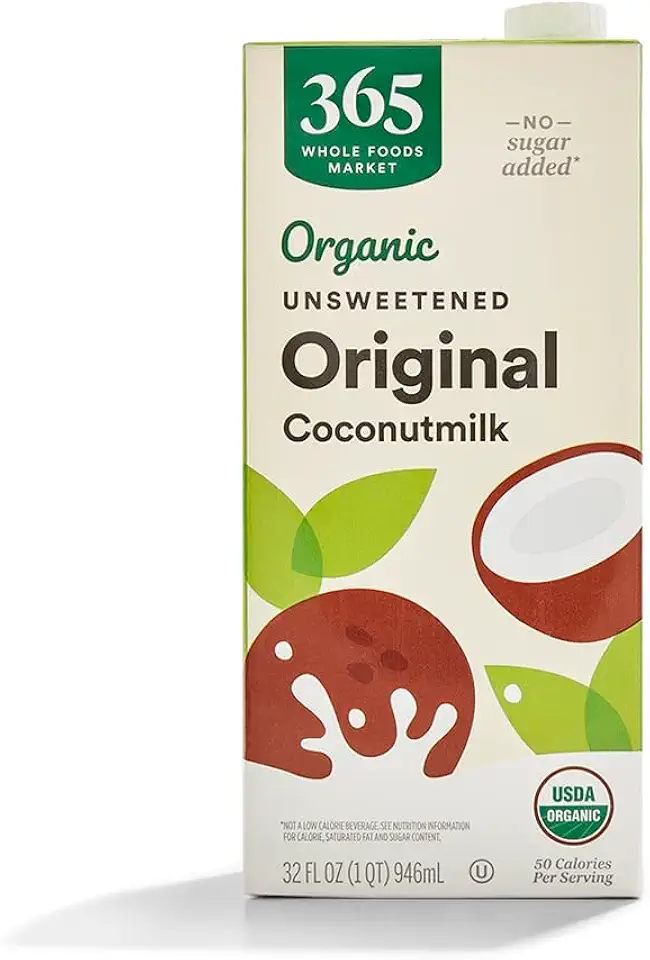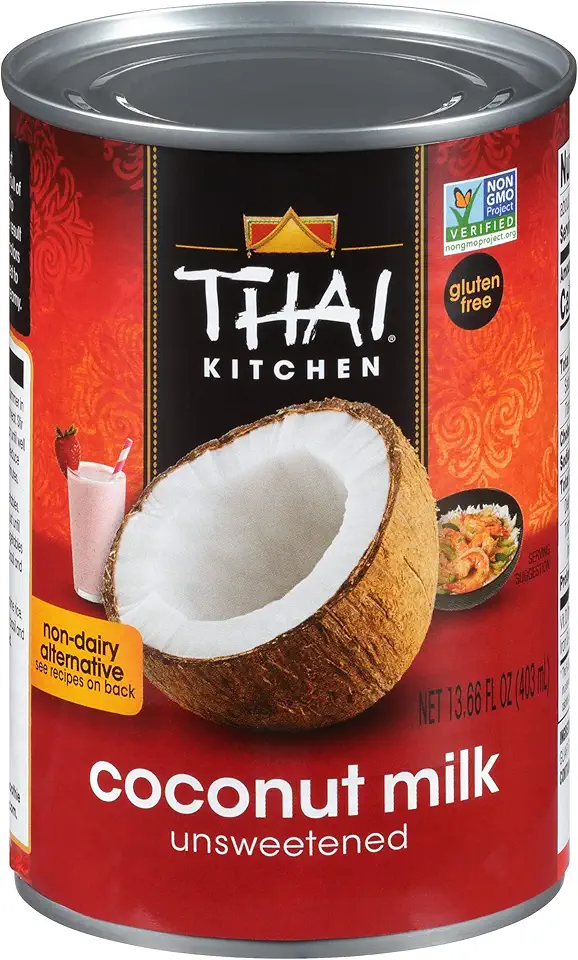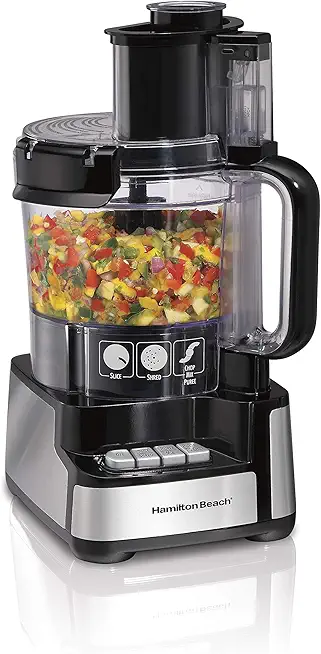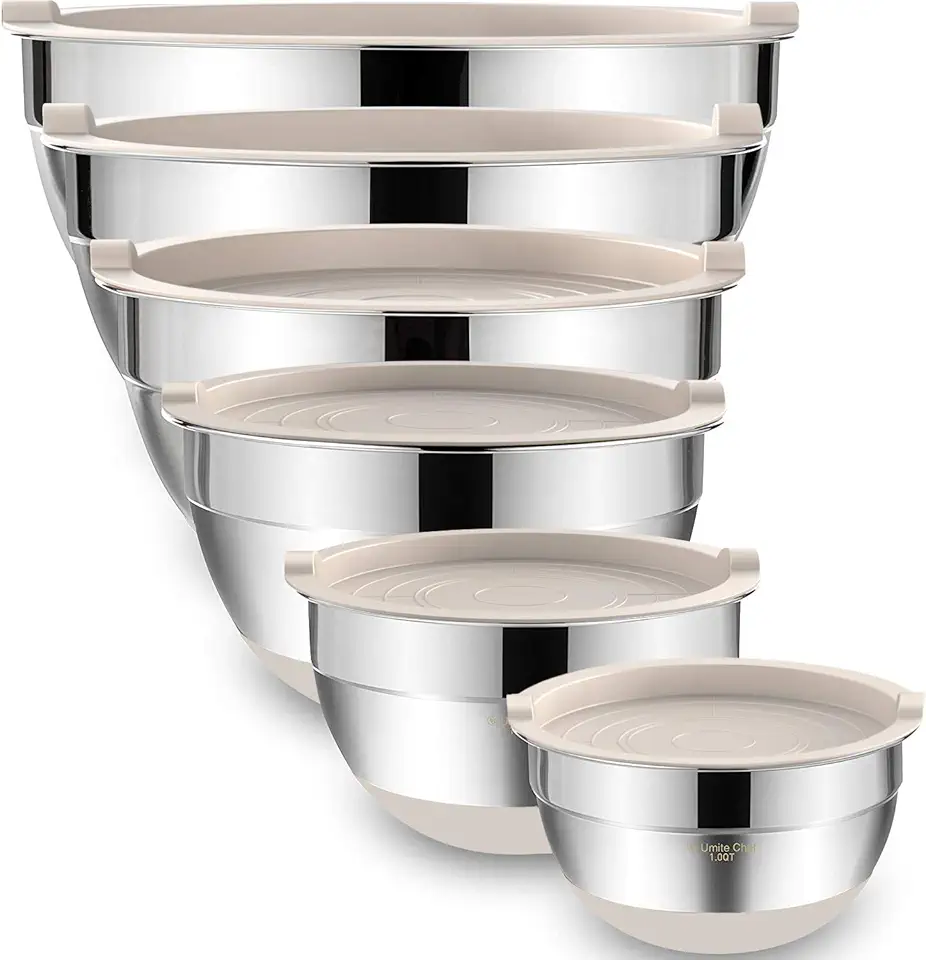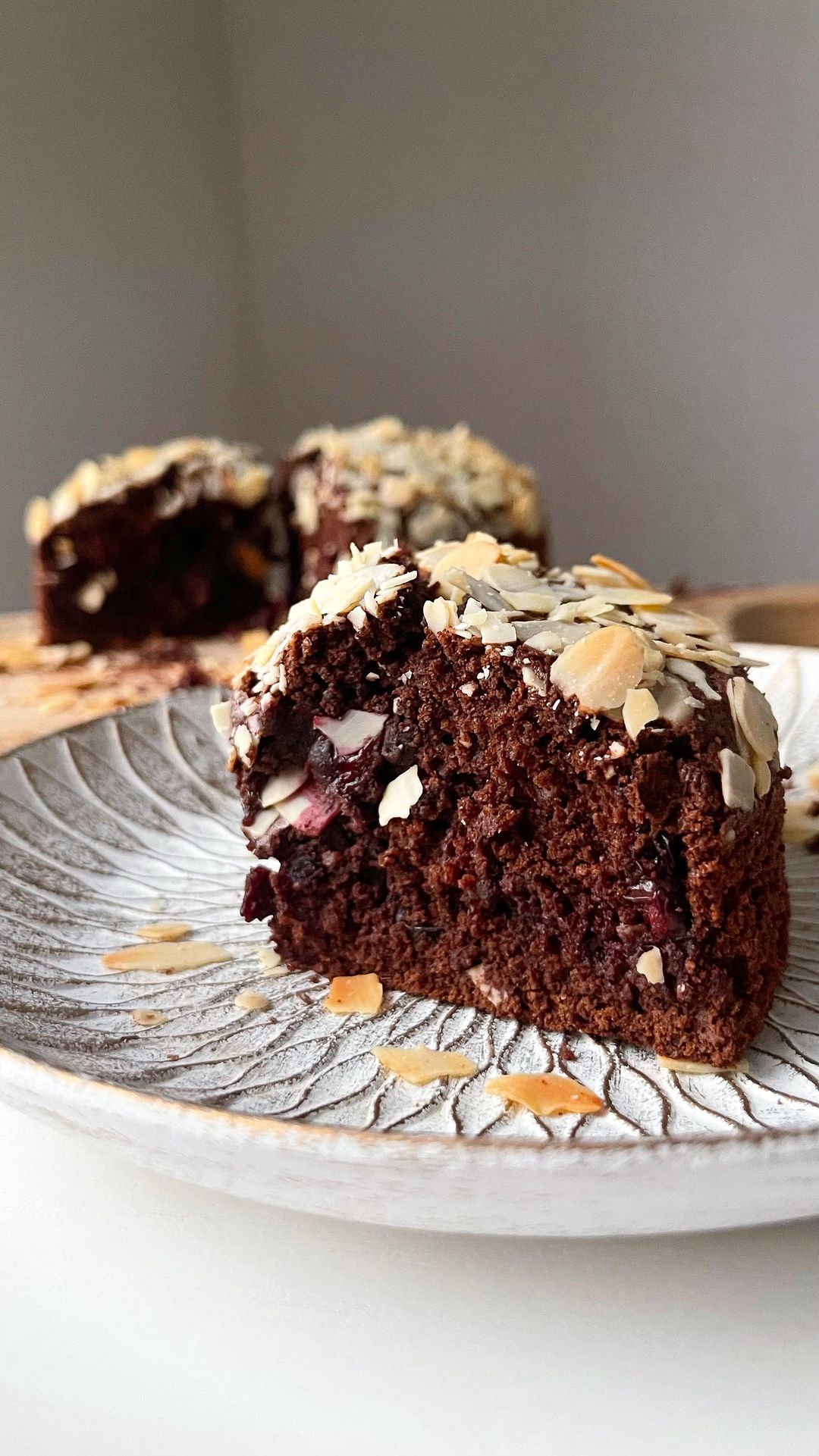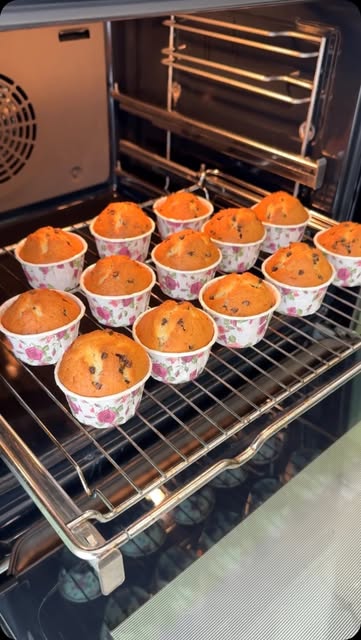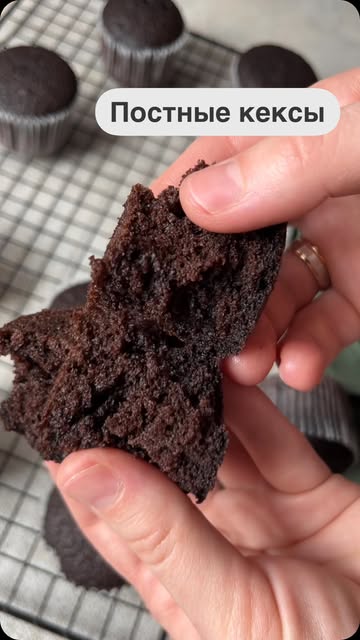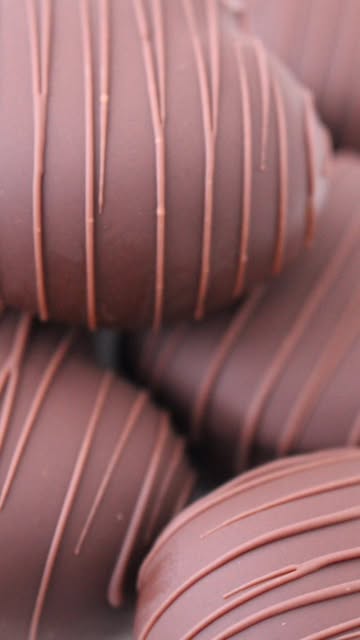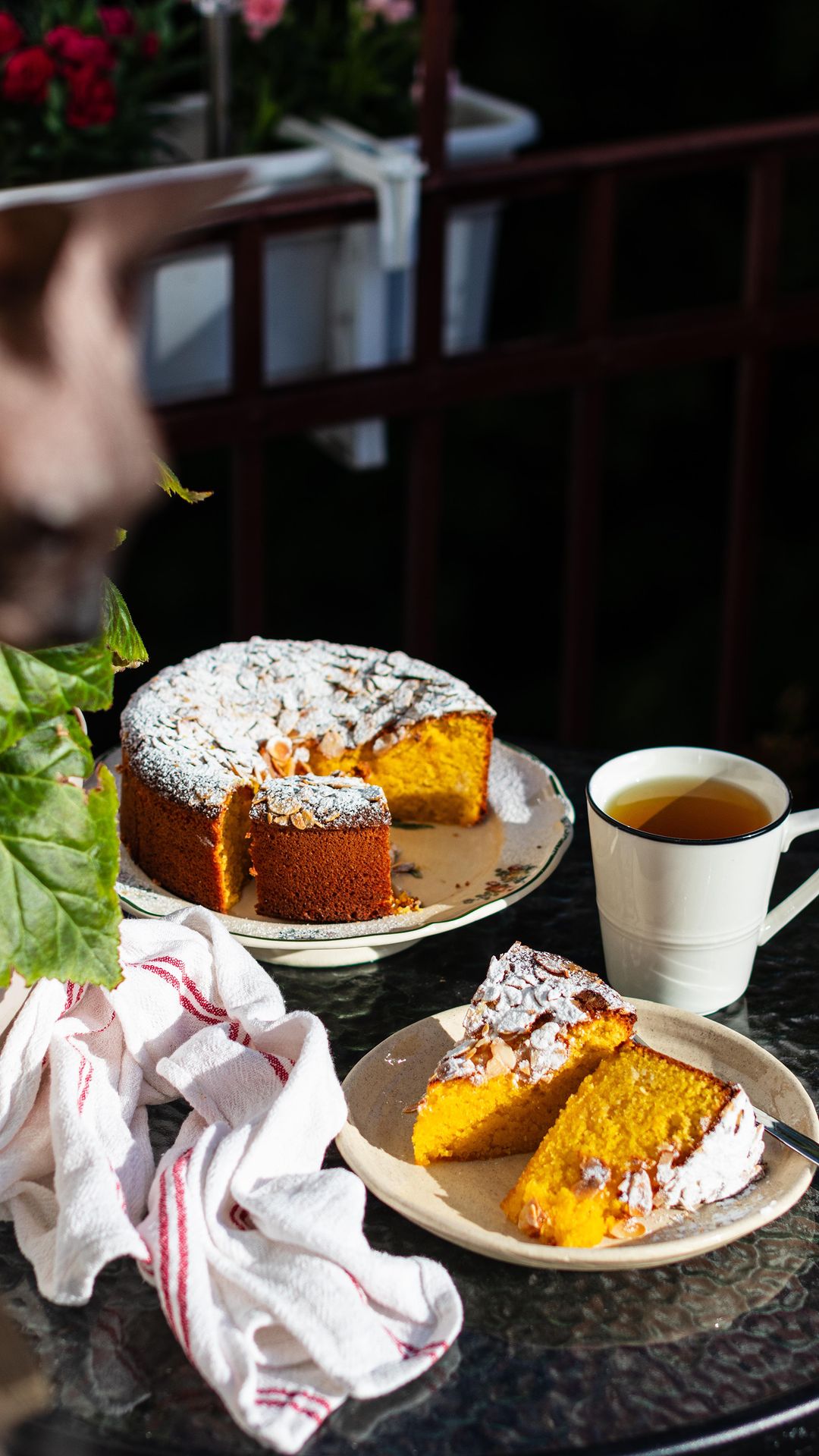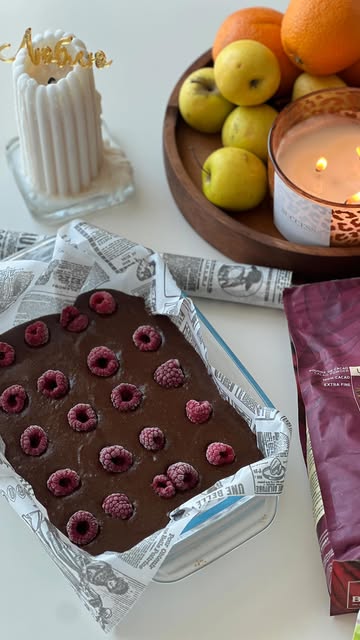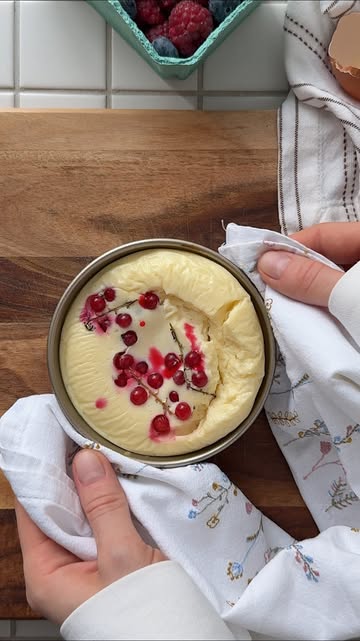Ingredients
Dry Ingredients
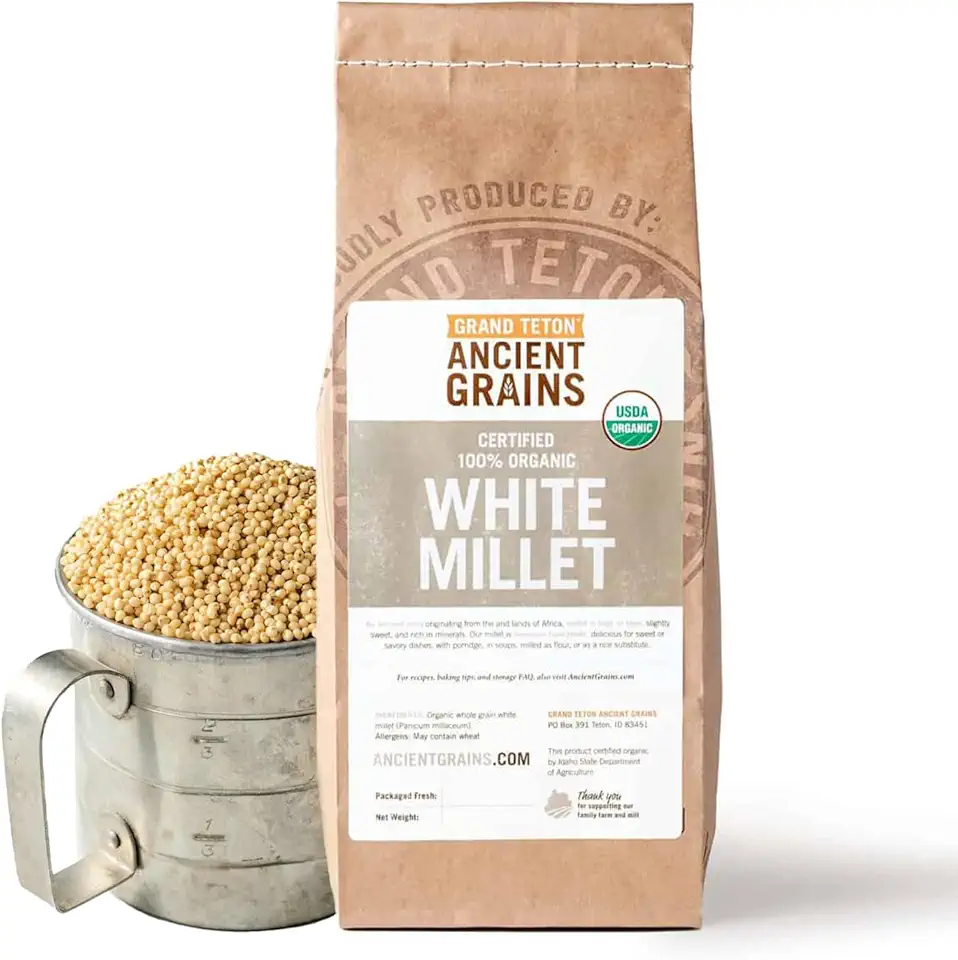 100% Organic White Millet by Grand Teton Ancient Grains | Shelled, Gluten-Free, Hulled Grain for Salads, Pilafs, & Soups | Whole Grain Ready for Milling, (5 Pounds)
$30.00
View details
Prime
100% Organic White Millet by Grand Teton Ancient Grains | Shelled, Gluten-Free, Hulled Grain for Salads, Pilafs, & Soups | Whole Grain Ready for Milling, (5 Pounds)
$30.00
View details
Prime
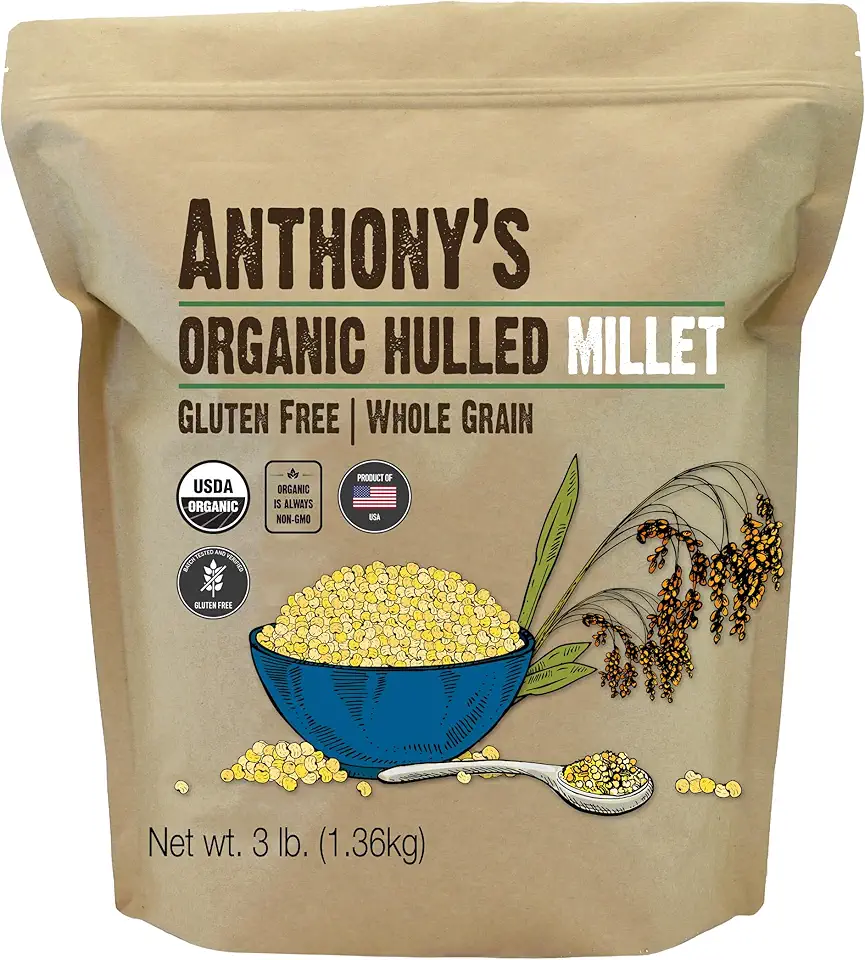 Anthony's Organic Hulled Millet, 3 lb, Gluten Free, Grown in the USA
$18.49
View details
Prime
Anthony's Organic Hulled Millet, 3 lb, Gluten Free, Grown in the USA
$18.49
View details
Prime
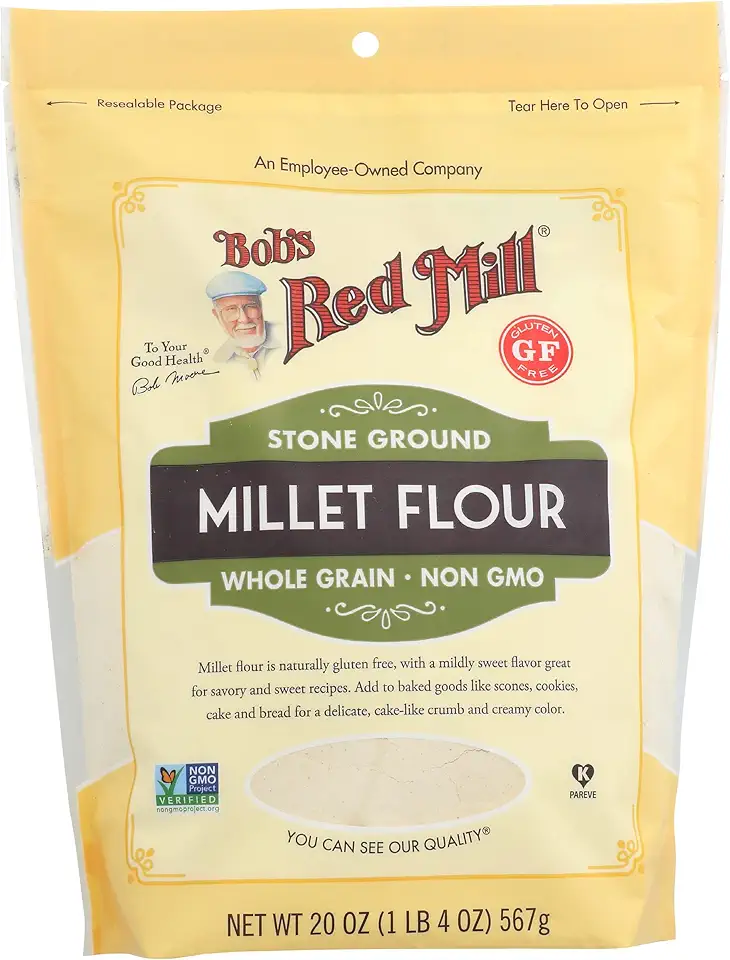 Bob's Red Mill Stone Ground Millet Flour, Whole Grain, Gluten Free & Non-GMO, 20 Oz (Pack of 4)
$15.32
View details
Bob's Red Mill Stone Ground Millet Flour, Whole Grain, Gluten Free & Non-GMO, 20 Oz (Pack of 4)
$15.32
View details
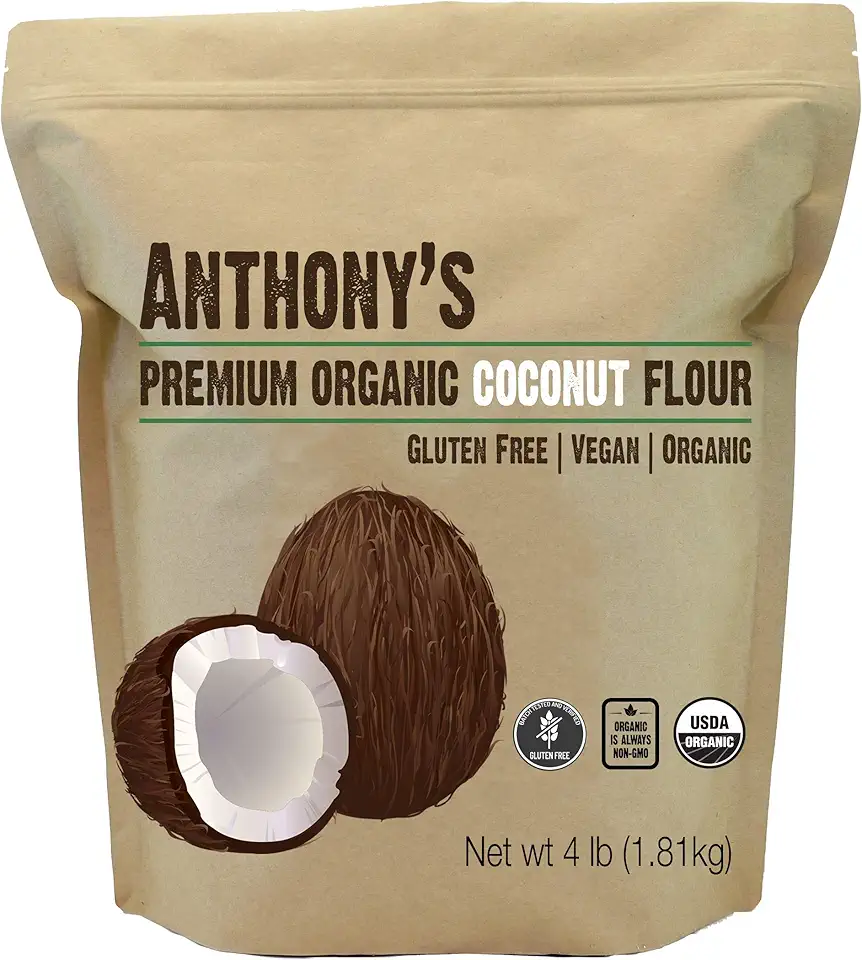 Anthony's Organic Coconut Flour, 4 lb, Batch Tested Gluten Free, Non GMO, Vegan, Keto Friendly
$18.99
View details
best seller
Anthony's Organic Coconut Flour, 4 lb, Batch Tested Gluten Free, Non GMO, Vegan, Keto Friendly
$18.99
View details
best seller
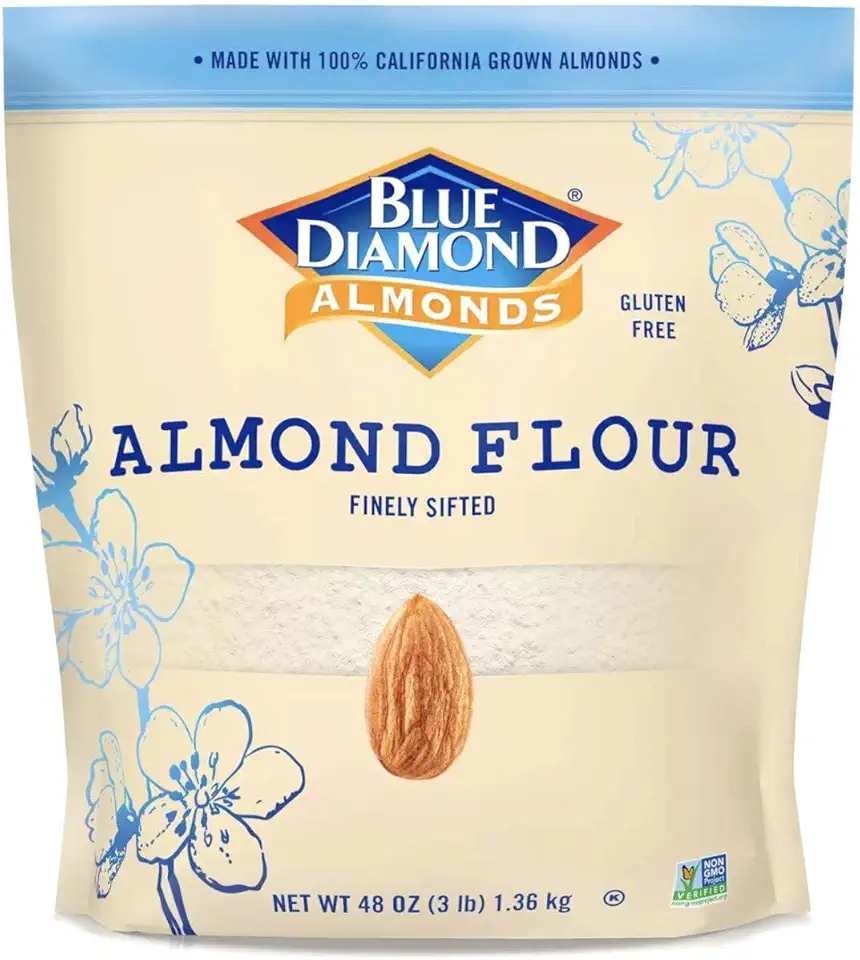 Blue Diamond Almonds Almond Flour, Gluten Free, Blanched, Finely Sifted, 48 oz
$10.99
$12.48
View details
Prime
Blue Diamond Almonds Almond Flour, Gluten Free, Blanched, Finely Sifted, 48 oz
$10.99
$12.48
View details
Prime
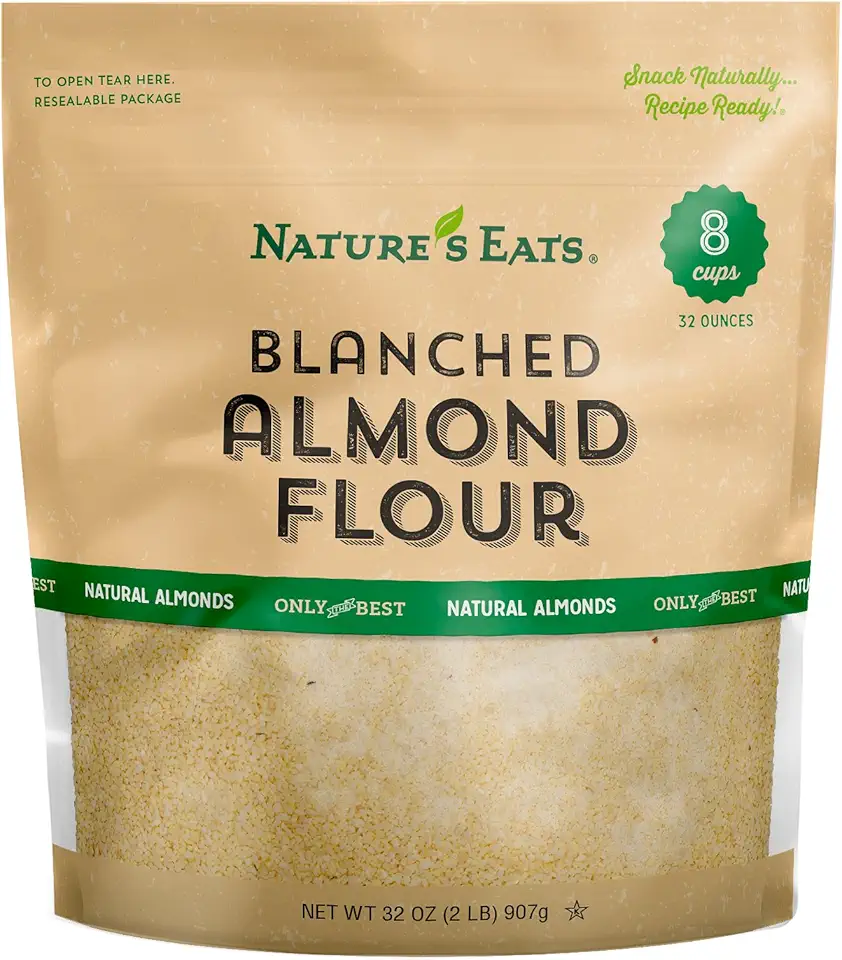 Nature's Eats Blanched Almond Flour, 32 Ounce
$10.98
View details
Nature's Eats Blanched Almond Flour, 32 Ounce
$10.98
View details
Wet Ingredients
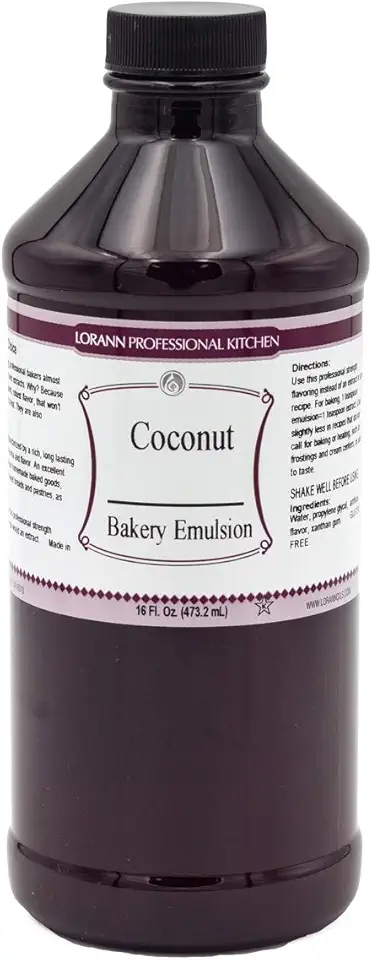 LorAnn Coconut Bakery Emulsion, 16 ounce bottle
$24.37
View details
LorAnn Coconut Bakery Emulsion, 16 ounce bottle
$24.37
View details
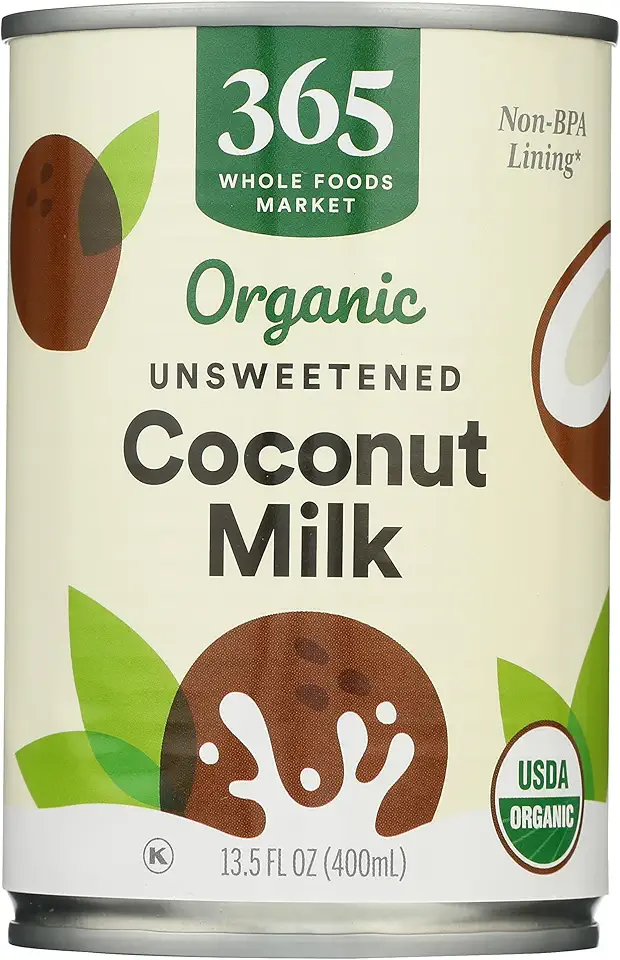 365 By Whole Foods Market, Coconut Milk Unsweetened Organic, 13.5 Ounce
$4.37
View details
Prime
best seller
365 By Whole Foods Market, Coconut Milk Unsweetened Organic, 13.5 Ounce
$4.37
View details
Prime
best seller
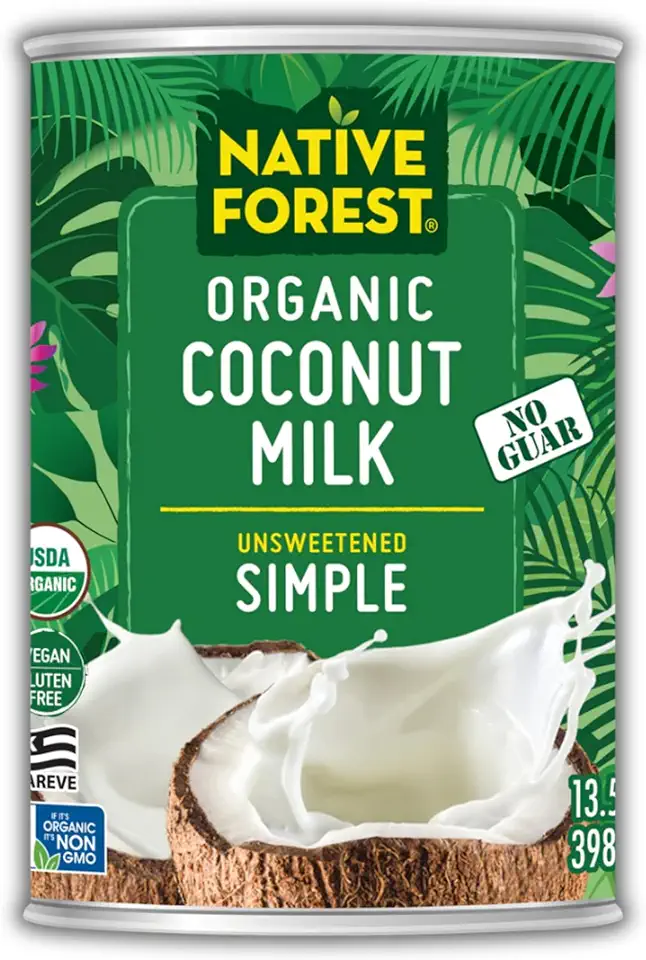 Native Forest Organic Unsweetened Coconut Milk – Canned Coconut Milk, No Guar Gum, Non-GMO Project Verified, USDA Organic – Simple, 13.5 Fl Oz (Pack of 12)
$43.15
View details
Native Forest Organic Unsweetened Coconut Milk – Canned Coconut Milk, No Guar Gum, Non-GMO Project Verified, USDA Organic – Simple, 13.5 Fl Oz (Pack of 12)
$43.15
View details
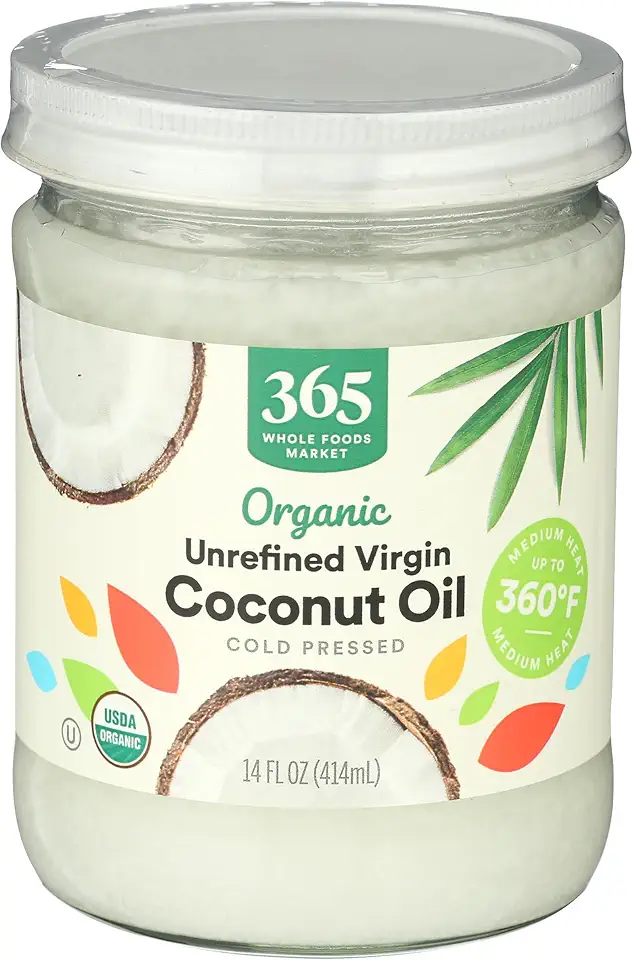 365 by Whole Foods Market, Organic Unrefined Coconut Oil Virgin, 14 Fl Oz
$15.50
View details
Prime
365 by Whole Foods Market, Organic Unrefined Coconut Oil Virgin, 14 Fl Oz
$15.50
View details
Prime
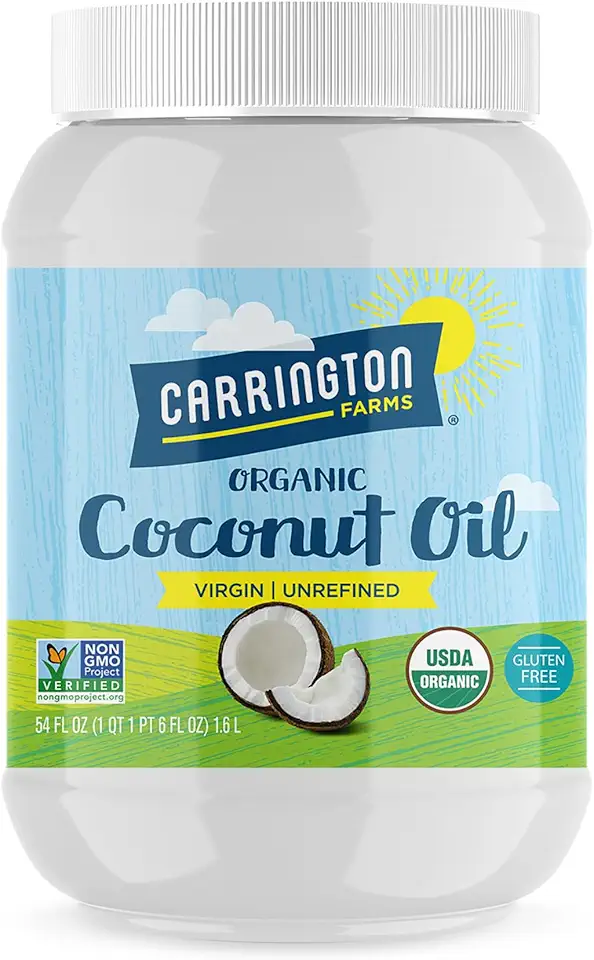 Carrington Farms Organic Virgin Cold Pressed Coconut Oil for Cooking, Nutrient Dense, Unrefined, Perfect for Baking or Sauteing Vegetables, 54 Fl Oz
$19.99
$21.95
View details
Prime
Carrington Farms Organic Virgin Cold Pressed Coconut Oil for Cooking, Nutrient Dense, Unrefined, Perfect for Baking or Sauteing Vegetables, 54 Fl Oz
$19.99
$21.95
View details
Prime
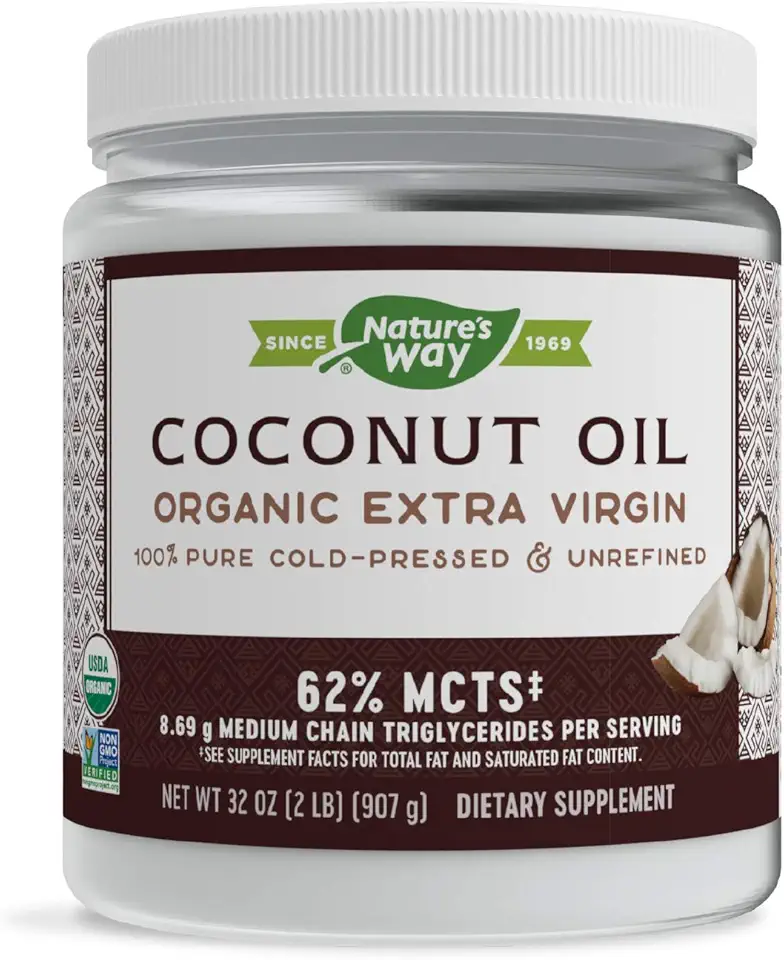 Nature's Way Organic Extra Virgin Coconut Oil, Pure Source of MCTs, Cold-Pressed, 32 Oz.
$19.67
$28.49
View details
Nature's Way Organic Extra Virgin Coconut Oil, Pure Source of MCTs, Cold-Pressed, 32 Oz.
$19.67
$28.49
View details
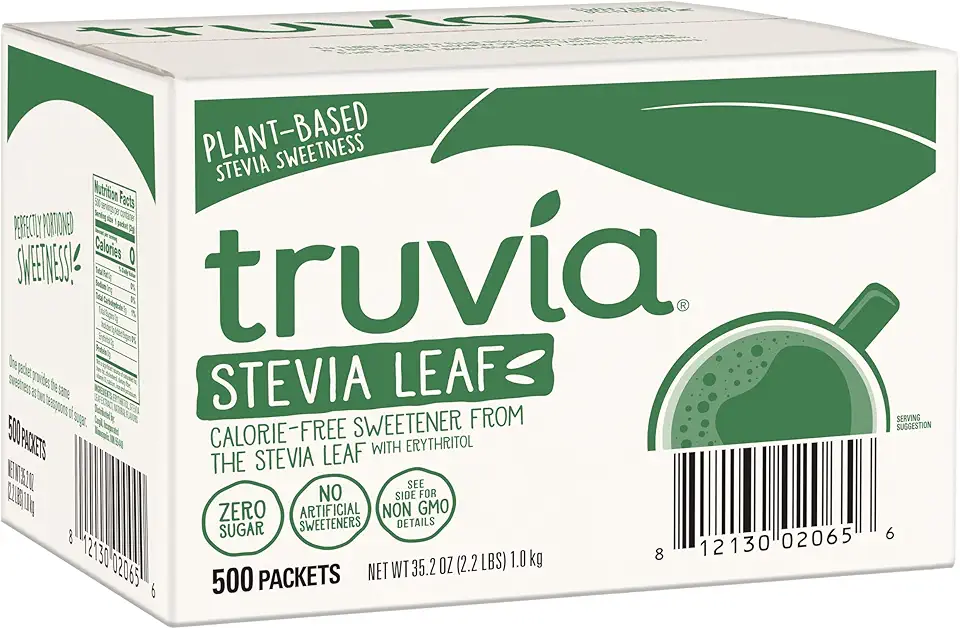 Truvia Original Calorie-Free Sweetener from the Stevia Leaf Packets, 35.25 oz Box, 500 Count (Pack of 1)
$18.70
View details
Prime
Truvia Original Calorie-Free Sweetener from the Stevia Leaf Packets, 35.25 oz Box, 500 Count (Pack of 1)
$18.70
View details
Prime
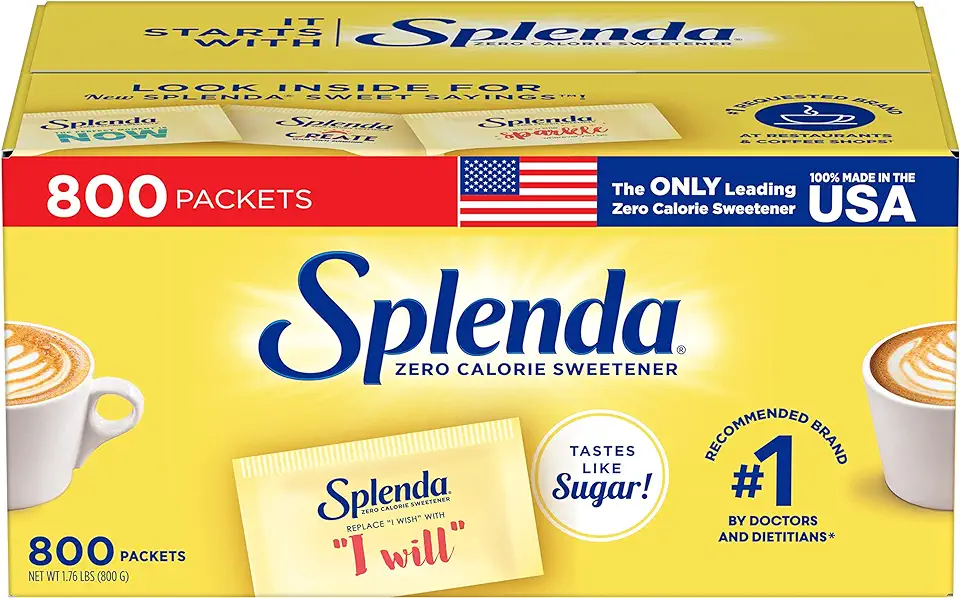 SPLENDA Zero Calorie Sweetener Value Pack, 800 Count Packets
$16.69
$26.94
View details
Prime
SPLENDA Zero Calorie Sweetener Value Pack, 800 Count Packets
$16.69
$26.94
View details
Prime
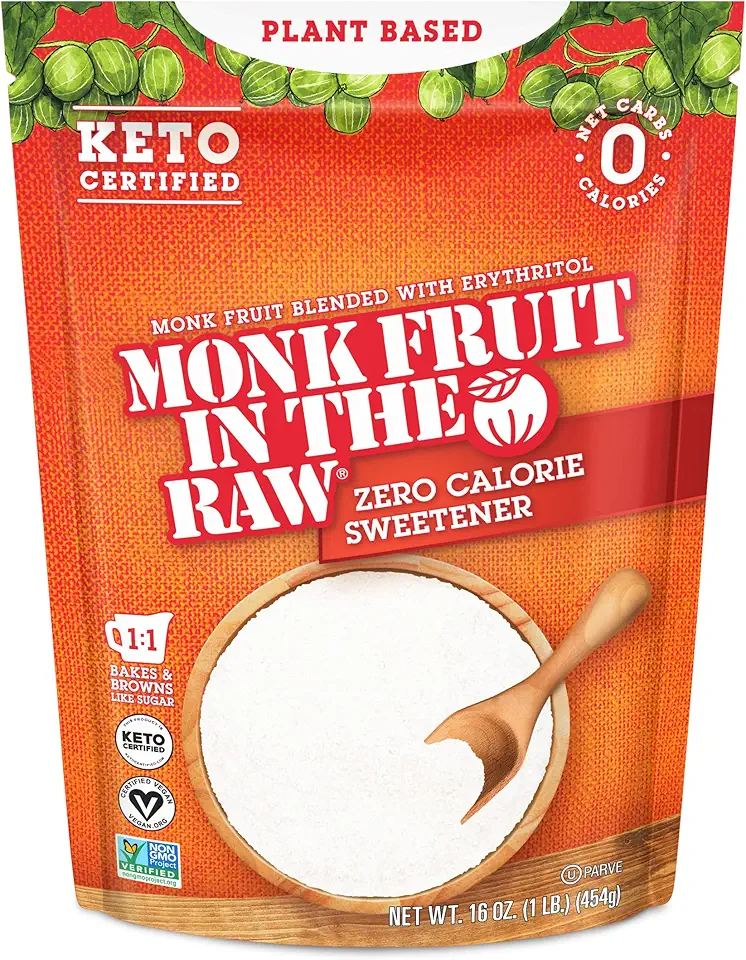 Monk Fruit In The Raw Sweetener Baker's Bag, 16 oz., Keto Certified Monk Fruit Sweetener, Zero Calories, Zero Net Carbs, Non-GMO Project Verified
$16.88
View details
Monk Fruit In The Raw Sweetener Baker's Bag, 16 oz., Keto Certified Monk Fruit Sweetener, Zero Calories, Zero Net Carbs, Non-GMO Project Verified
$16.88
View details
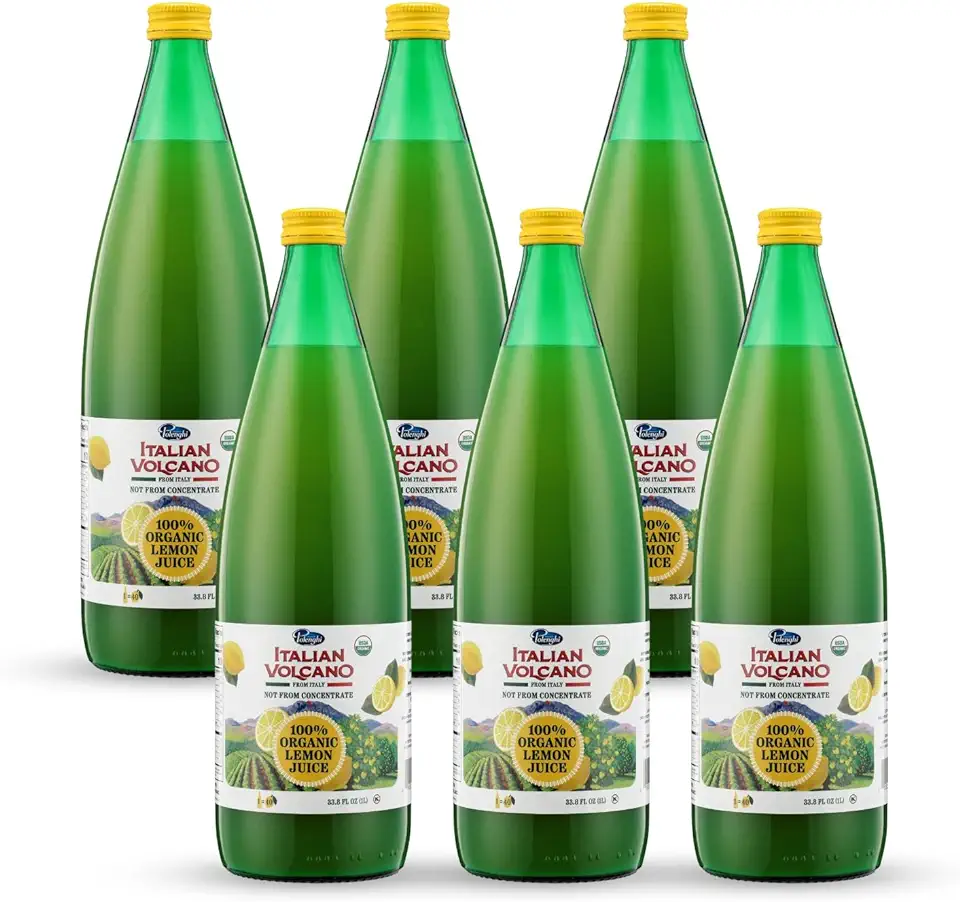 Volcano Bursts Organic Italian Lemon Juice, 33.8 oz (6 Pack)
$66.99
View details
Prime
Volcano Bursts Organic Italian Lemon Juice, 33.8 oz (6 Pack)
$66.99
View details
Prime
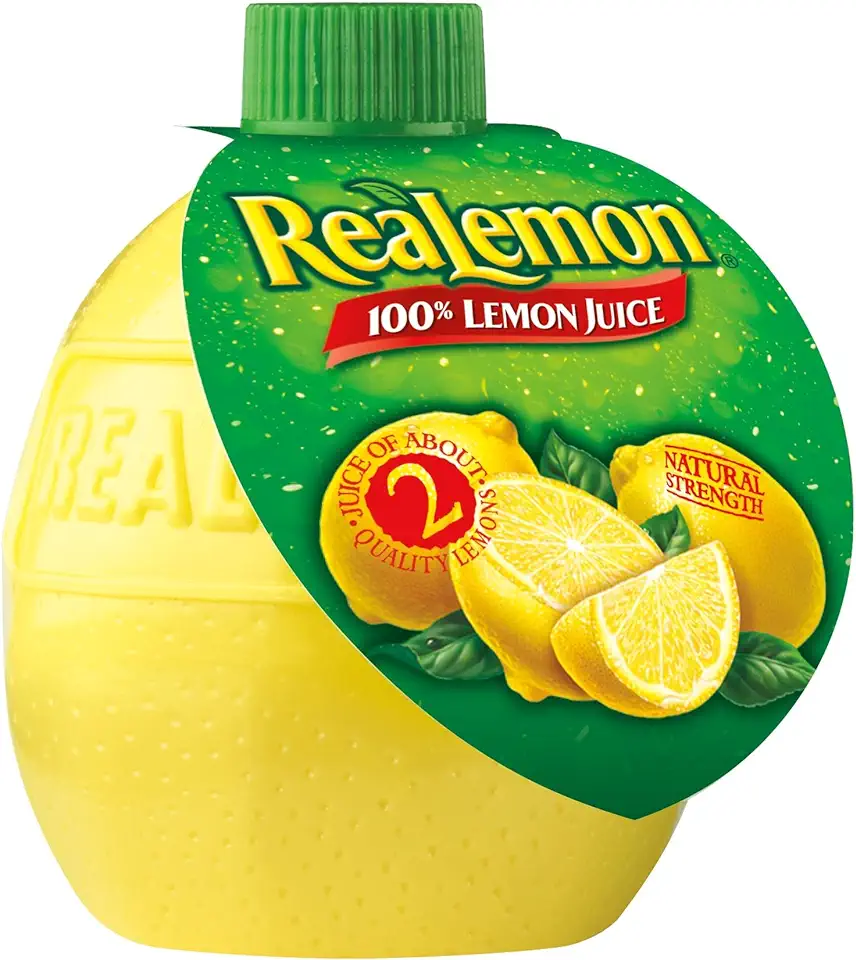 Realemon 100% Lemon Juice, 2.5 oz
$4.01
View details
Prime
best seller
Realemon 100% Lemon Juice, 2.5 oz
$4.01
View details
Prime
best seller
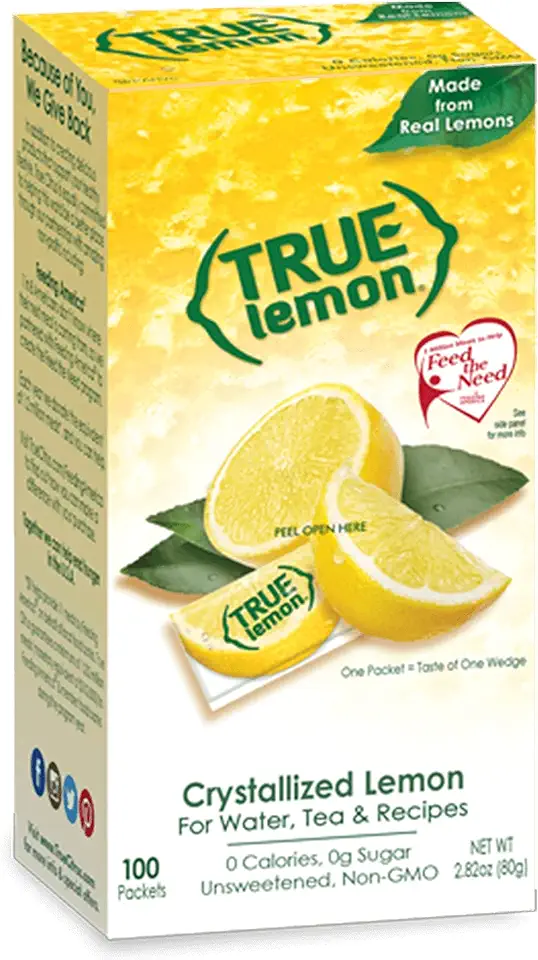 TRUE LEMON Water Enhancer, Bulk Dispenser, 100 Count (Pack of 1), 0 Calorie Drink Mix Packets For Water, Sugar Free Lemon Flavoring Powder Packets
$6.93
View details
TRUE LEMON Water Enhancer, Bulk Dispenser, 100 Count (Pack of 1), 0 Calorie Drink Mix Packets For Water, Sugar Free Lemon Flavoring Powder Packets
$6.93
View details
Add-ins
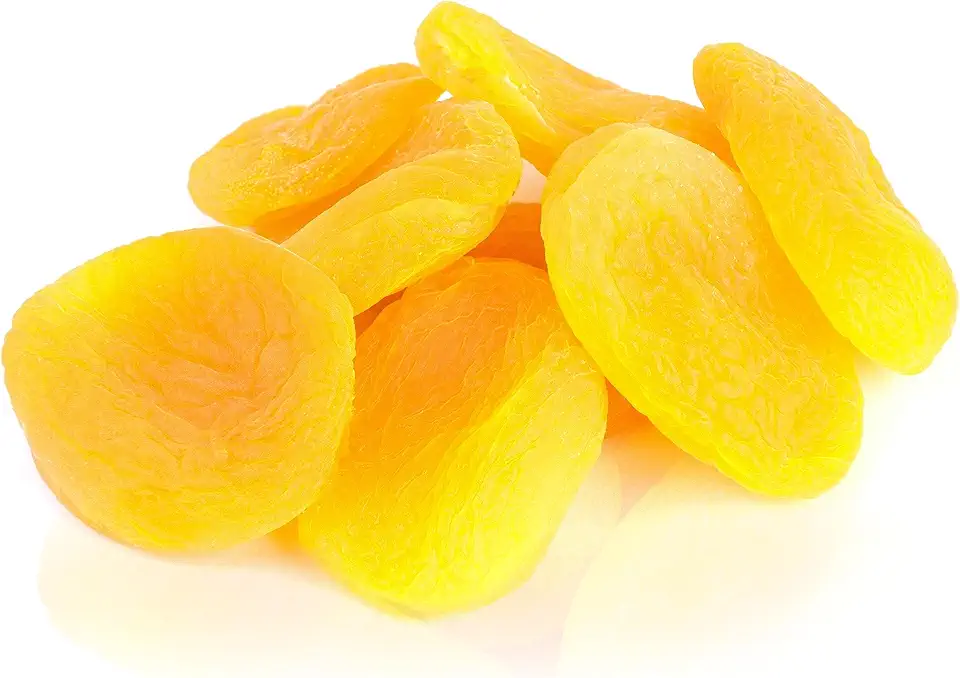 Anna and Sarah Dried Turkish Apricots in Resealable Bag, 1lb 1 Pack
$12.99
View details
Prime
Anna and Sarah Dried Turkish Apricots in Resealable Bag, 1lb 1 Pack
$12.99
View details
Prime
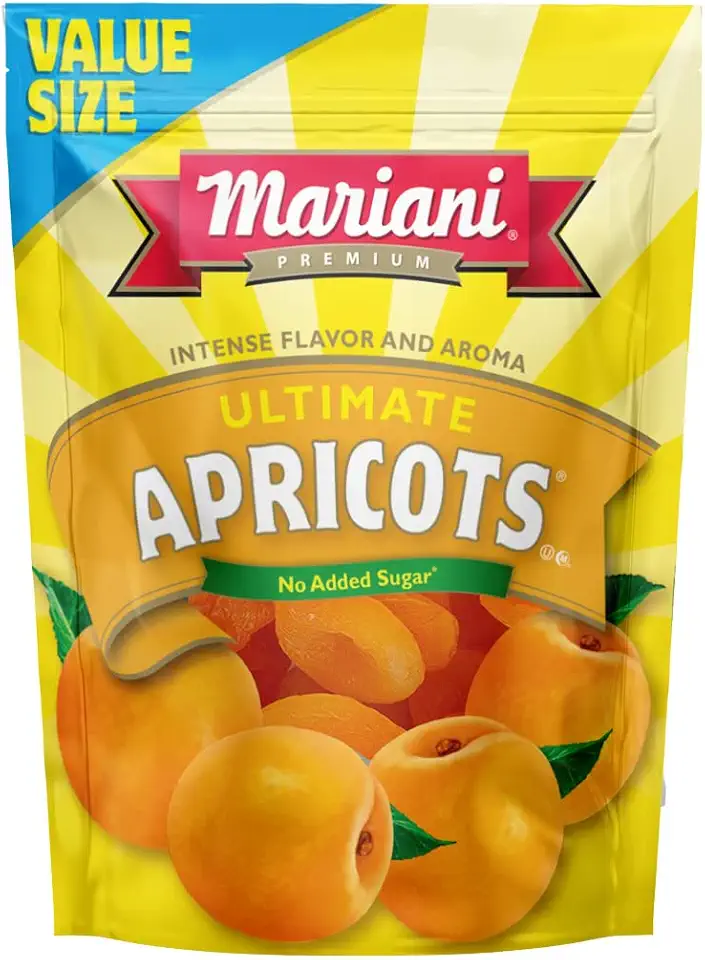 Mariani Ultimate Dried Apricots, 32 oz - Resealable Bag, No Sugar Added, Vegan
$23.99
$26.99
View details
Prime
Mariani Ultimate Dried Apricots, 32 oz - Resealable Bag, No Sugar Added, Vegan
$23.99
$26.99
View details
Prime
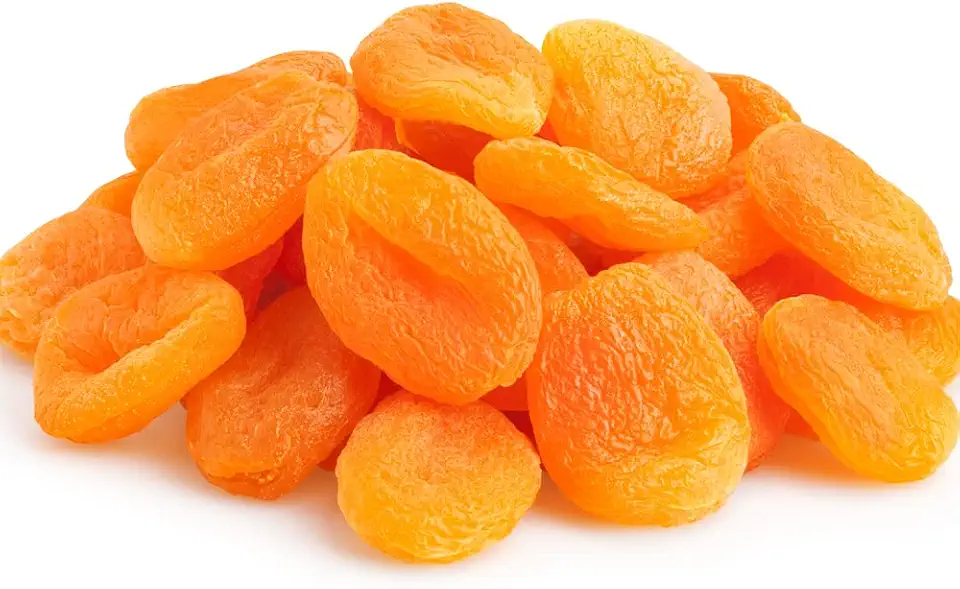 Dried Turkish Apricots-5lbs,(80oz) Resealable Bag-Natural, Farm Fresh, Whole, No Added Sugar, No Pits- Kosher Certified, Healthy Diet Snacks, Fruit Pie Filling, Baking-Soft and Chewy- by We Got Nuts
$33.99
$36.99
View details
Dried Turkish Apricots-5lbs,(80oz) Resealable Bag-Natural, Farm Fresh, Whole, No Added Sugar, No Pits- Kosher Certified, Healthy Diet Snacks, Fruit Pie Filling, Baking-Soft and Chewy- by We Got Nuts
$33.99
$36.99
View details
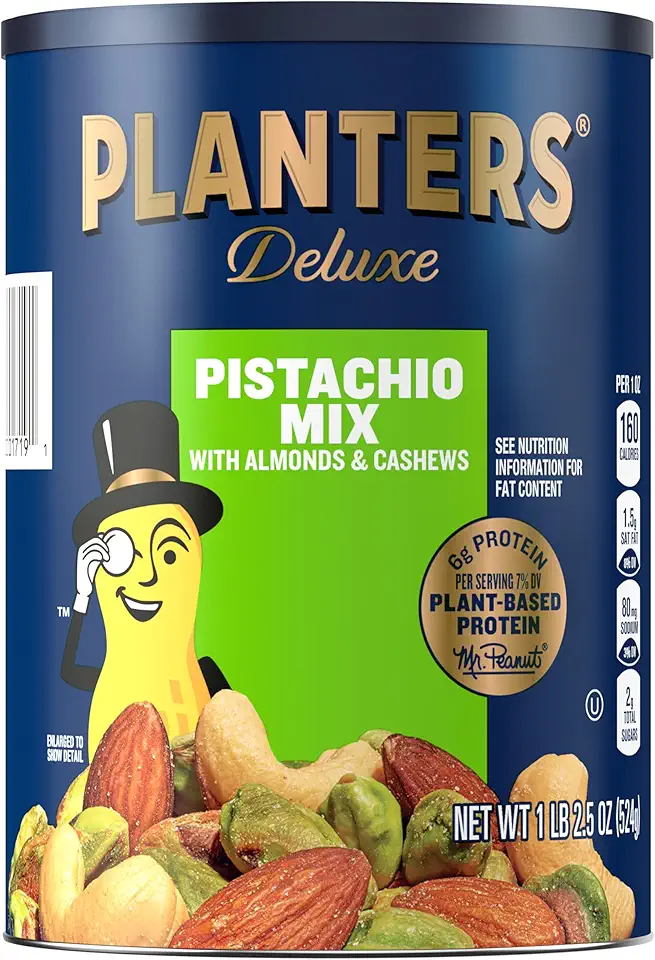 PLANTERS Pistachio Lovers Nut Mix, Mixed Nuts Snack with Pistachios no shell, Almonds & Cashews, Party Snacks, Plant-Based Protein, After School Snack, Bulk Nuts, Kosher 1lb 2.5oz Canister
$12.99
View details
Prime
best seller
PLANTERS Pistachio Lovers Nut Mix, Mixed Nuts Snack with Pistachios no shell, Almonds & Cashews, Party Snacks, Plant-Based Protein, After School Snack, Bulk Nuts, Kosher 1lb 2.5oz Canister
$12.99
View details
Prime
best seller
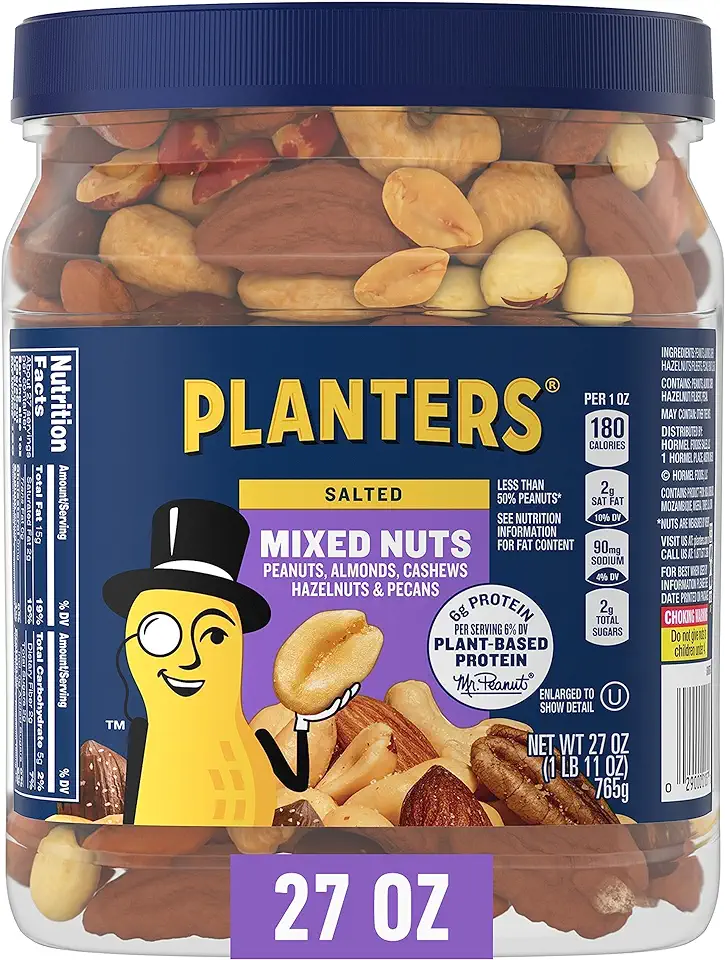 Planters Mixed Nuts Jar, 27 Ounce
$9.98
View details
Planters Mixed Nuts Jar, 27 Ounce
$9.98
View details
 PLANTERS Deluxe Salted Mixed Nuts, Roasted Cashews, Almonds, Brazil Nuts, Pistachios, and Pecans, Party Snacks, Plant-Based Protein, Quick Snack for Adults, After School Snack, 15.25oz Canister
$8.98
View details
PLANTERS Deluxe Salted Mixed Nuts, Roasted Cashews, Almonds, Brazil Nuts, Pistachios, and Pecans, Party Snacks, Plant-Based Protein, Quick Snack for Adults, After School Snack, 15.25oz Canister
$8.98
View details
Glaze Options
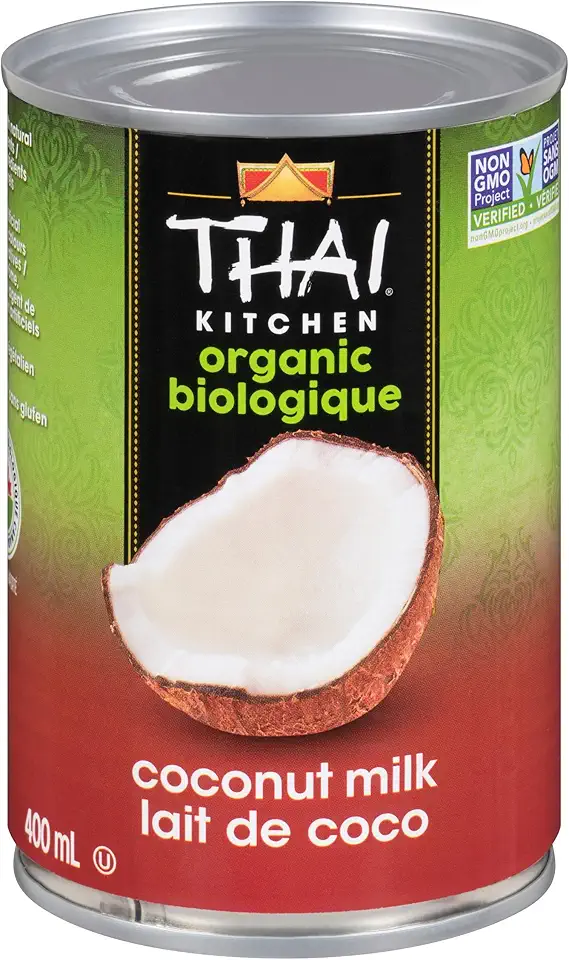 Thai Kitchen Organic Unsweetened Coconut Milk, 13.66 fl oz
$2.79
$4.29
View details
Prime
Thai Kitchen Organic Unsweetened Coconut Milk, 13.66 fl oz
$2.79
$4.29
View details
Prime
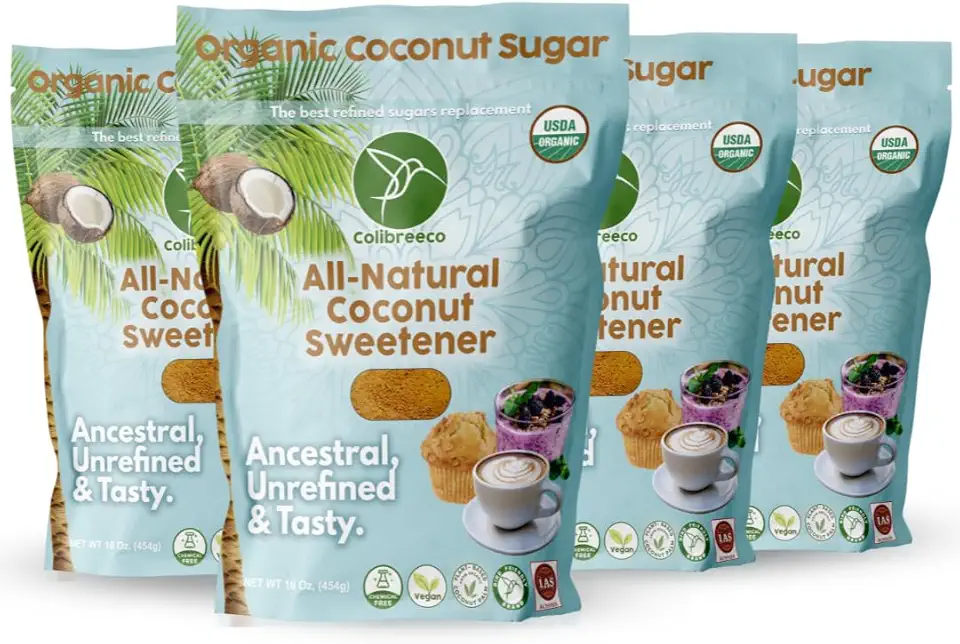 Colibreeco, Organic Coconut Sugar, 1 Pound (Pack of 4): Sweeten your Drinks and Recipes With Coconut Palm Sugar, Gluten-Free, USDA Organic, Unrefined, Naturally Sweet, and Chemical-Free.
$23.99
View details
Prime
Colibreeco, Organic Coconut Sugar, 1 Pound (Pack of 4): Sweeten your Drinks and Recipes With Coconut Palm Sugar, Gluten-Free, USDA Organic, Unrefined, Naturally Sweet, and Chemical-Free.
$23.99
View details
Prime
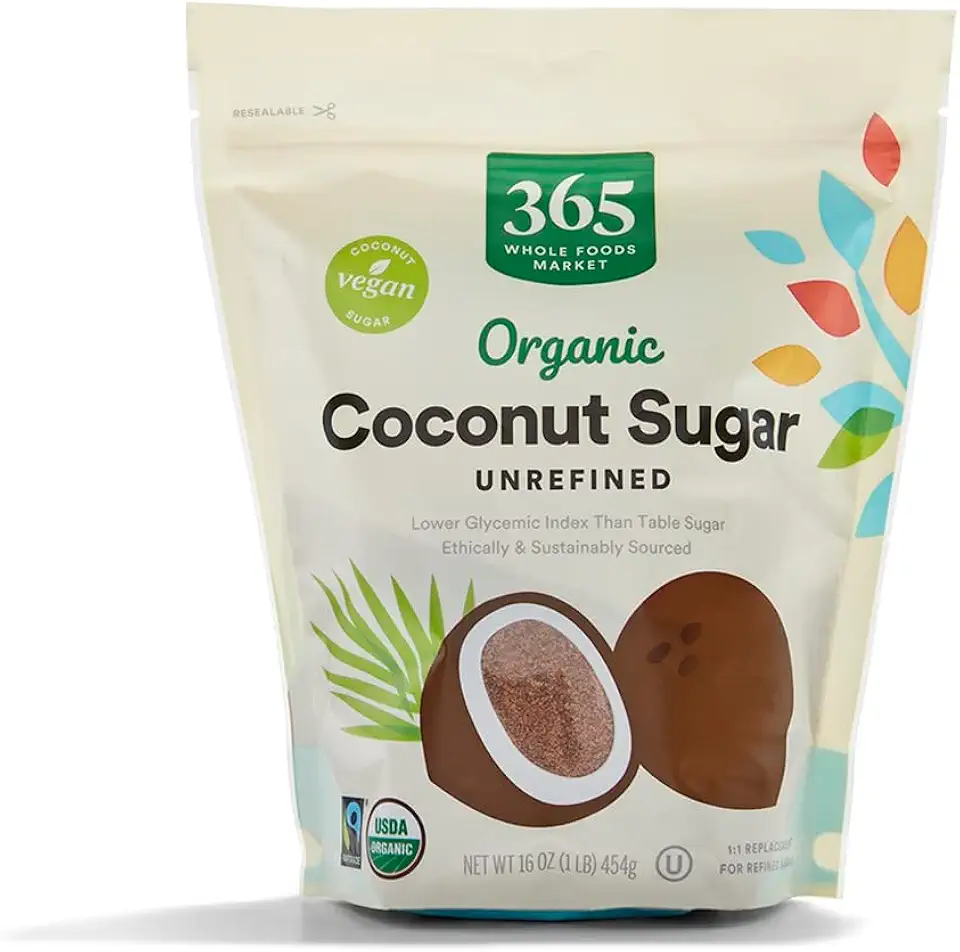 365 by Whole Foods Market, Organic Coconut Sugar, 16 Ounce
$6.49
View details
365 by Whole Foods Market, Organic Coconut Sugar, 16 Ounce
$6.49
View details
 DOVE PROMISES Milk Chocolate Mothers Day Candy, 136 Piece Bulk Candy Bag
$39.56
View details
DOVE PROMISES Milk Chocolate Mothers Day Candy, 136 Piece Bulk Candy Bag
$39.56
View details
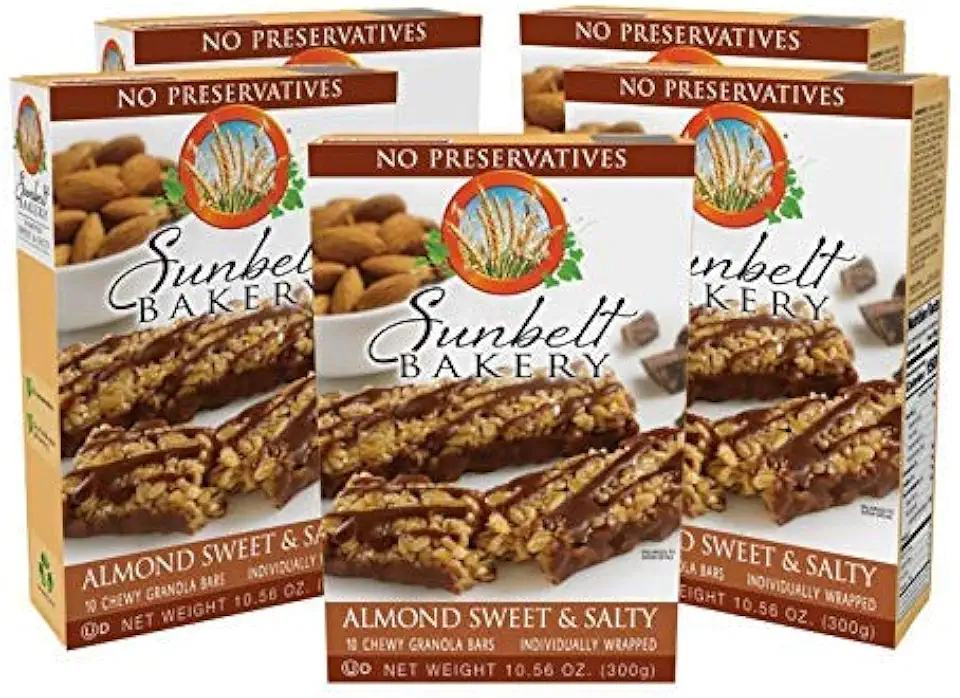 Sunbelt Bakery Almond Sweet & Salty Chewy Granola Bars, 50-1.0 OZ Bars (5 Boxes)
$29.99
$32.48
View details
Prime
Sunbelt Bakery Almond Sweet & Salty Chewy Granola Bars, 50-1.0 OZ Bars (5 Boxes)
$29.99
$32.48
View details
Prime
 Sunbelt Bakery Almond Sweet & Salty Chewy Granola Bars, 96-1.0 OZ Bars
$51.54
View details
Sunbelt Bakery Almond Sweet & Salty Chewy Granola Bars, 96-1.0 OZ Bars
$51.54
View details
Instructions
Step 1
Start by rinsing the **millet** thoroughly under cold water. This step helps remove any bitterness from the grains. Next, cook the millet in a saucepan with water for about 15-20 minutes over medium heat, or until tender and all water is absorbed.
Once done, let it cool slightly before blending.
Step 2
Using an immersion blender, puree the cooked millet until it reaches a smooth consistency. This will serve as the base for your cake. After blending, transfer to a large mixing bowl.
Step 3
To the pureed millet, add the **coconut milk**, **coconut oil**, and the **lemon juice**. Mix well until everything is fully combined and the mixture is smooth. Then, slowly incorporate the **coconut flour**, **cinnamon**, and **salt** into the bowl. Stir until a uniform batter is formed.
If desired, mix in the dried fruits and nuts for added texture and flavor.
Step 4
Preheat your oven to 180°C (350°F). While the oven heats, greasing your baking dish with a little coconut oil. You can use a cake pan or muffin tins for mini cakes. This helps prevent sticking and makes for easy removal.
Step 5
Pour the batter into the prepared baking dish, smoothing the top with a spatula. Bake in the preheated oven for about 25 to 30 minutes, or until a toothpick inserted into the center comes out clean.
Once baked, allow the cake to cool in the dish for a few minutes before transferring it to a wire rack to cool completely.
Step 6
For **glazing**, you can use coconut yogurt or your preferred topping. Spread the glaze generously over the cooled cake or drizzle it for a beautiful finish. Decorate with additional nuts or dried fruits if desired.
Your healthy, gluten-free Easter cake is now ready to be enjoyed with family and friends. Let the celebration begin!
Servings
Equipment
A blender is essential for achieving the perfect smooth texture of cooked millet before mixing it with other ingredients. If you don't have a blender, a food processor works well too!
If you want to make mini kulich, silicone muffin molds are great as they make it easy to remove the kulich after baking. Choose a non-stick option for easy releasing!
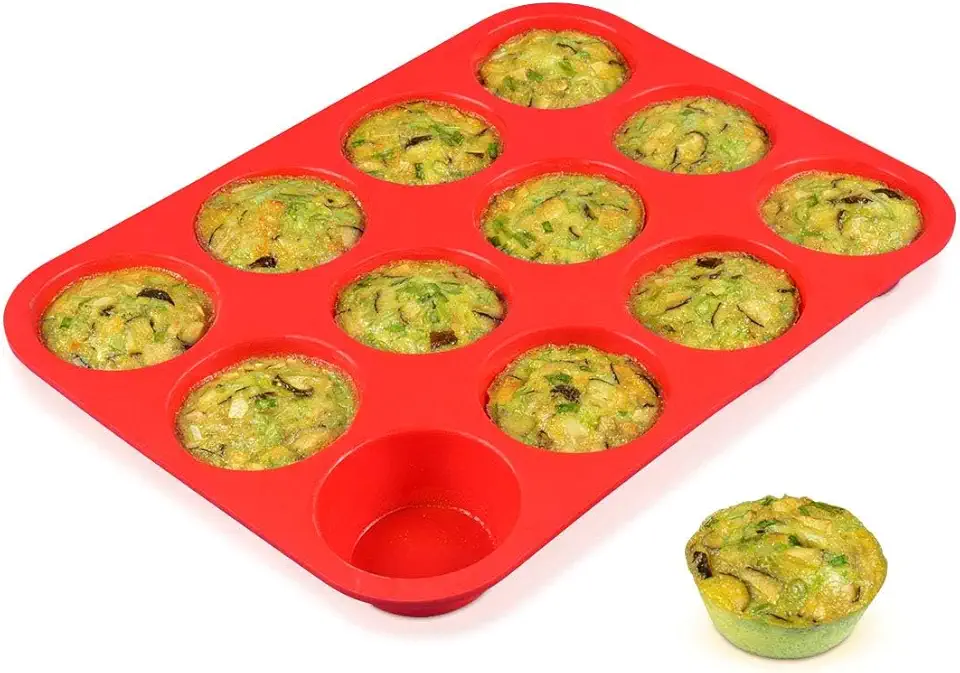 CAKETIME 12 Cups Silicone Muffin Pan - Nonstick Cupcake Pan 1 Pack Regular Size Silicone Mold for Baking
$9.98
$13.99
View details
Prime
CAKETIME 12 Cups Silicone Muffin Pan - Nonstick Cupcake Pan 1 Pack Regular Size Silicone Mold for Baking
$9.98
$13.99
View details
Prime
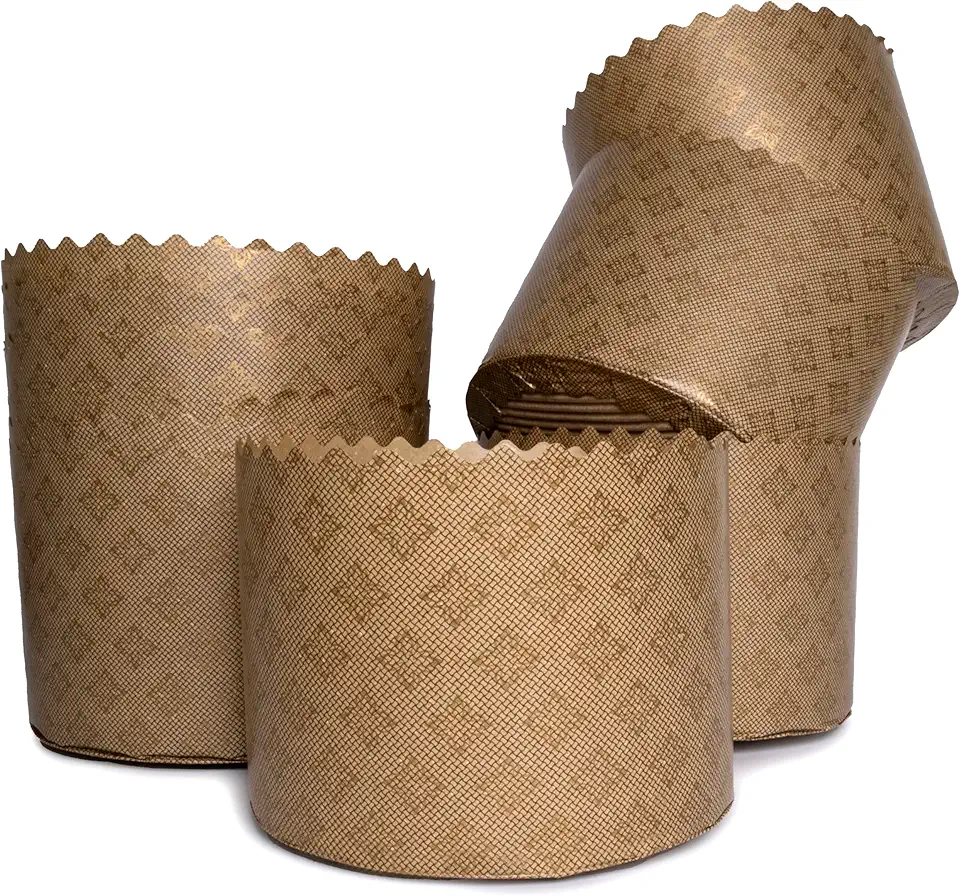 Panettone Pan Paska Bread Mold Kulich Easter Bread Paper Mold 12pcs Medium 350gr - Panettone Paper Molds Baking Wrapper Panettone Baking Cups # 6
$14.79
View details
Prime
Panettone Pan Paska Bread Mold Kulich Easter Bread Paper Mold 12pcs Medium 350gr - Panettone Paper Molds Baking Wrapper Panettone Baking Cups # 6
$14.79
View details
Prime
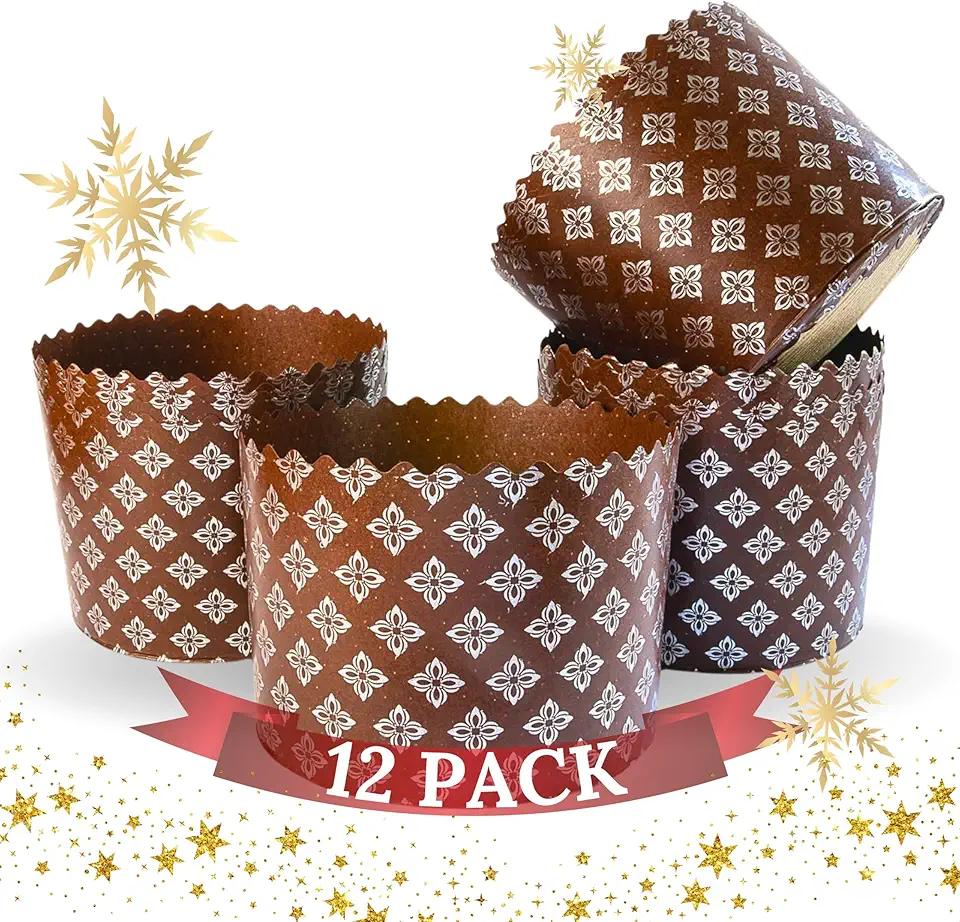 12 oz Easter Bread Forms Paska Mold | 12 pcs | Brown Panettone Paper Baking Molds - Universal | Brown Design W 4.3 x H 3.3-In
$16.99
View details
12 oz Easter Bread Forms Paska Mold | 12 pcs | Brown Panettone Paper Baking Molds - Universal | Brown Design W 4.3 x H 3.3-In
$16.99
View details
Use large mixing bowls to combine your ingredients. Make sure they are clean and dry to ensure proper mixing and fermentation.
Variations
- Replace coconut flour with **almond flour** for a nutty twist. 🍃
- You can use any plant-based milk if coconut milk isn't available. **Almond or oat milk** work great too! 🥛
- For a different flavor, add **zest from oranges or lemons** for a bright citrus note. 🍋
Feel free to explore! Each batch can be a new adventure in flavor!
Faq
- Beginner: Can I use regular flour instead of coconut flour?
While coconut flour is gluten-free, regular flour contains gluten, which won't work for this healthy recipe. It's best to stick with gluten-free options to maintain the integrity of the kulich.
- Beginner: How do I know when the kulich is baked properly?
The kulich is ready when it's golden brown on top and a toothpick inserted in the center comes out clean. Give it a gentle shake; it should feel firm but springy!
- Intermediate: Can I add spices to the batter?
Absolutely! You can enhance the flavor by adding spices like nutmeg or ginger. Feel free to experiment with flavors you love!
- Intermediate: How can I make the kulich moister?
If you prefer a moister kulich, consider adding a bit of applesauce or an extra tablespoon of coconut milk to the batter. These additions can improve texture without adding refined sugar.
- Experienced: Can I substitute the sweetener with something else?
Yes, you can substitute with other natural sweeteners like maple syrup or agave nectar. Just adjust the quantity based on their sweetness level!
- Experienced: How do I prevent the kulich from sticking to the mold?
To prevent sticking, ensure you grease your molds well with coconut oil or line them with parchment paper. If using silicone molds, there’s less risk of sticking, but greasing still helps!


